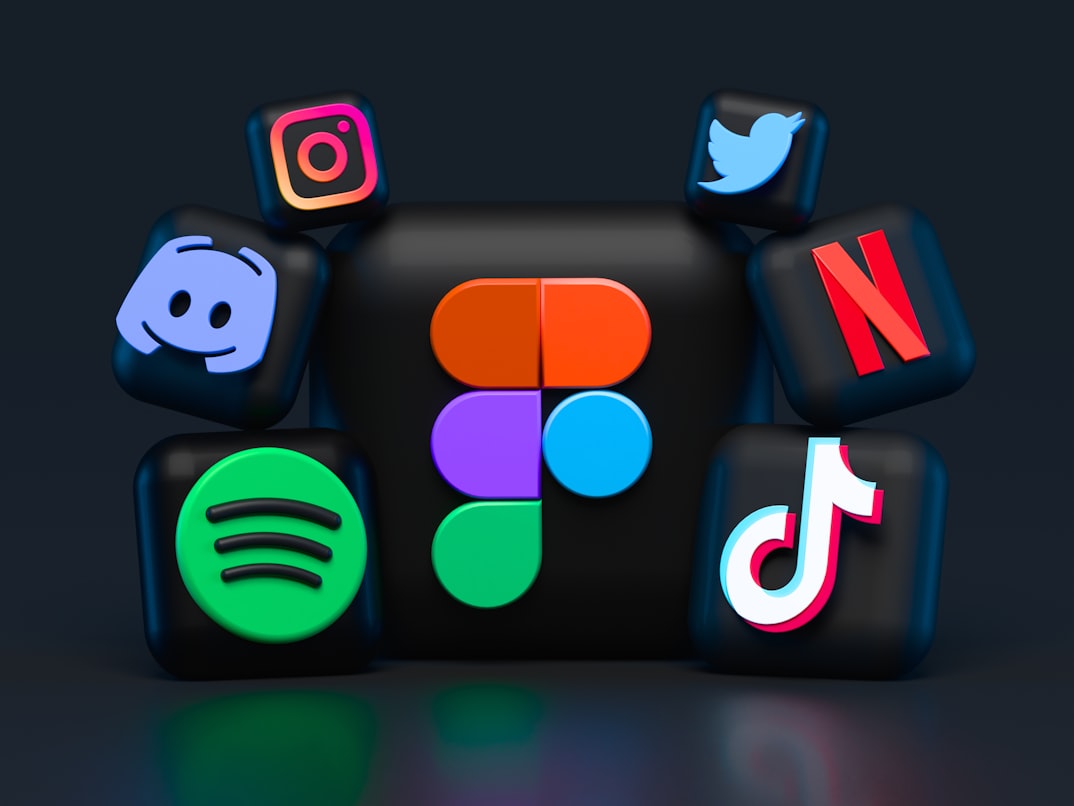📚 Table of Contents
Introduction
Are you looking for the most effective ways to monetize your YouTube channel in 2025? With the digital landscape evolving rapidly, content creators have more opportunities than ever to turn their passion into profit. Whether you’re a seasoned YouTuber or just starting, understanding the latest monetization strategies is crucial for long-term success. From ad revenue to brand partnerships and beyond, this guide explores the top seven methods to maximize your earnings while engaging your audience.
1. YouTube Ad Revenue (Partner Program)
The YouTube Partner Program (YPP) remains one of the most straightforward ways to monetize your channel. By enabling ads on your videos, you earn revenue based on views, clicks, and ad engagement. To qualify, your channel must have at least 1,000 subscribers and 4,000 watch hours in the past 12 months (or 10 million Shorts views in 90 days).
In 2025, YouTube has refined its ad algorithms to prioritize high-quality, engaging content. Creators who produce longer, audience-retentive videos tend to earn more due to mid-roll ad placements. For example, a tech review channel with 100,000 views per video could generate between $500-$2,000 monthly, depending on niche CPM rates (Cost Per Mille).
To maximize ad revenue, focus on evergreen content, optimize video metadata (titles, descriptions, and tags), and encourage viewers to watch multiple videos in a session. Additionally, YouTube’s Premium revenue share rewards creators when Premium subscribers watch their content.
2. Brand Sponsorships & Collaborations
Brand deals are a lucrative monetization method, especially for channels with a loyal and engaged audience. Companies pay creators to feature their products or services in videos, either through dedicated sponsorships or organic integrations.
In 2025, influencer marketing continues to grow, with brands valuing authenticity over blatant promotions. For instance, a fitness YouTuber might partner with a supplement company for a long-term collaboration, earning $5,000-$20,000 per video, depending on their reach.
To attract sponsors, maintain a professional media kit showcasing your audience demographics, engagement rates, and past collaborations. Platforms like FameBit and Grapevine Logic can also connect you with relevant brands.
3. Affiliate Marketing & Product Promotions
Affiliate marketing allows creators to earn commissions by promoting third-party products. You include unique tracking links in your video descriptions, and when viewers make a purchase, you receive a percentage of the sale.
Popular affiliate programs in 2025 include Amazon Associates, ShareASale, and niche-specific platforms like CJ Affiliate. For example, a beauty YouTuber reviewing skincare products could earn 5-15% commissions on each sale generated through their links.
To succeed, choose products that align with your content and audience interests. Honest reviews and tutorials tend to perform best, as viewers trust genuine recommendations.
4. Selling Custom Merchandise
Merchandising is a powerful way to monetize a dedicated fanbase. Platforms like Teespring, Spreadshirt, and YouTube’s own Merch Shelf enable creators to sell branded apparel, accessories, and more without upfront costs.
In 2025, personalized and limited-edition drops are trending. A gaming YouTuber, for instance, could release exclusive hoodies or collectibles tied to their channel’s inside jokes, generating thousands in passive income.
Promote your merch through engaging video callouts, social media, and live streams. High-quality designs and strong branding are key to driving sales.
5. Channel Memberships & Super Chats
YouTube’s membership feature allows fans to support creators through monthly subscriptions in exchange for exclusive perks like badges, emojis, and members-only content. Super Chats and Super Stickers, meanwhile, let viewers pay to highlight their messages during live streams.
For example, a finance YouTuber might offer premium tutorials or early access to videos for $4.99/month, building a steady income stream. Top creators report earning $10,000+ monthly from memberships alone.
To encourage sign-ups, provide tangible value, such as behind-the-scenes content, Q&A sessions, or ad-free videos.
6. Digital Products & Online Courses
Creators with expertise in a specific field can monetize their knowledge by selling digital products like e-books, templates, or online courses. Platforms like Teachable, Gumroad, and Podia make it easy to host and sell these products.
In 2025, micro-courses (short, focused tutorials) are gaining popularity. A photography YouTuber, for instance, could sell a $50 course on smartphone editing techniques, earning significant revenue with minimal overhead.
Leverage your YouTube audience to promote these products through dedicated tutorial videos, email lists, and community posts.
7. Crowdfunding & Fan Support
Crowdfunding platforms like Patreon, Ko-fi, and Buy Me a Coffee enable creators to receive direct support from their audience. Fans can contribute one-time donations or recurring payments in exchange for exclusive content or perks.
For example, a music YouTuber might offer early access to songs or private livestreams for Patreon supporters, earning $3,000+ monthly from dedicated fans.
Transparency and engagement are crucial—regularly update supporters on how their contributions help your channel grow.
Conclusion
Monetizing a YouTube channel in 2025 requires a diversified approach. Combining ad revenue, sponsorships, affiliate marketing, and fan support ensures multiple income streams while keeping your content sustainable. Focus on building trust with your audience, experiment with different strategies, and stay updated on platform changes to maximize your earnings.


Leave a Reply